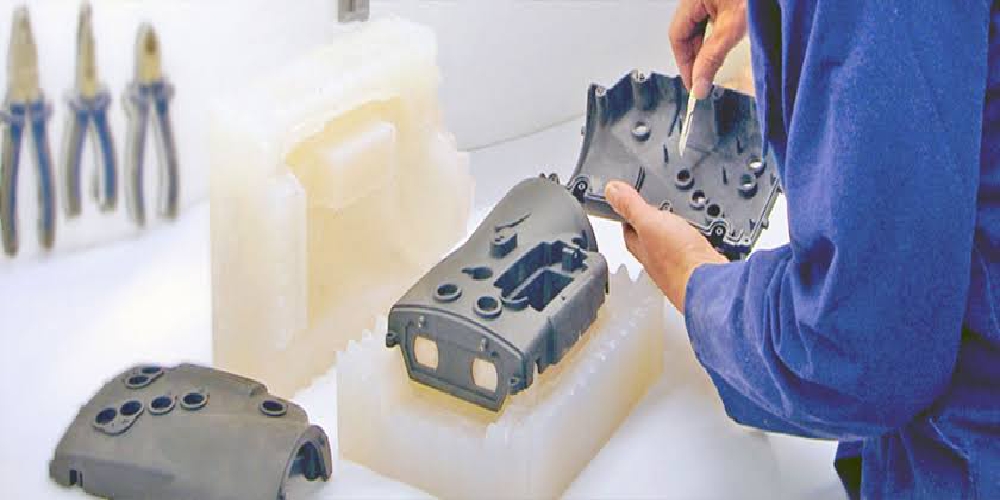Parts in the medical industry are typically made from previously modeled prototypes. These prototypes will serve as a starting point for the eventual production of medical parts using injection molding. As a result, an efficient method for producing them precisely to the smallest dimension is required.
Vacuum casting is one method that ensures this. What is vacuum casting? It enables engineers to create tool prototypes before transferring them to injection molding for eventual tool production. By creating prototypes in this manner first, specifications are met, and the resulting tool is of high quality. However, there are several other reasons why vacuum casting is preferred for medical products, which are listed below.
Production using Vacuum Casting Is Fast
In an industry, especially one as delicate as the medical industry, the choice of a technique is heavily influenced by its efficiency. When compared to other techniques, vacuum casting is the best in this. The method begins with the creation of the master pattern via 3D printing or CNC machining.
After that, it takes about two days to make a mold out of it. Compared to making such through a plastic injection mold, this is faster. The finished medical prototype can be made from the mold after the mold has been created. This will take another two days or so. In most cases, the total production time will be less than 7 days.
It enables the production of high-quality parts
Parts made from vacuum casts are of exceptional quality. If nothing goes wrong, it faithfully reproduces the original’s dimensions down to the smallest details. To make your product even more unique, the finished prototype can be machined to taste, just like any other solid part.
There are numerous types of resins available
Specific properties are usually required for medical products. Before they are approved for use, their mechanical and chemical properties are usually thoroughly examined. Some must be strong, rigid, heat resistant, and chemically resistant.
Others must be biocompatible, transparent, easy to clean and sterilize, and so on. To meet these requirements, resins with these properties are used in the production of prototypes. In vacuum casting, there are several resins available to meet these requirements.
Overmolding is simple to implement
The majority of medical devices are housed in enclosures. These enclosures are typically equipped with keypads, buttons, and other interactive elements. And, in order to create an effective prototype in which all parts function properly, different materials must be used on different sections. For example, keypads and buttons must have a distinct feel from the main body.
Overmolding with vacuum casting comes into play here. Using different resins, parts of a prototype can be made to have varying strengths and feel, and so on. Overmolding is also possible with injection molding, but it will take more time and money.
Conclusion
When producing medical parts, it is always preferable to choose a technique that produces a near-perfect finish while saving money. Vacuum casting provides this as well as the ability to create medical parts in a variety of colors. If selecting a manufacturer is a concern, there are several vacuum casting china services to consider.
